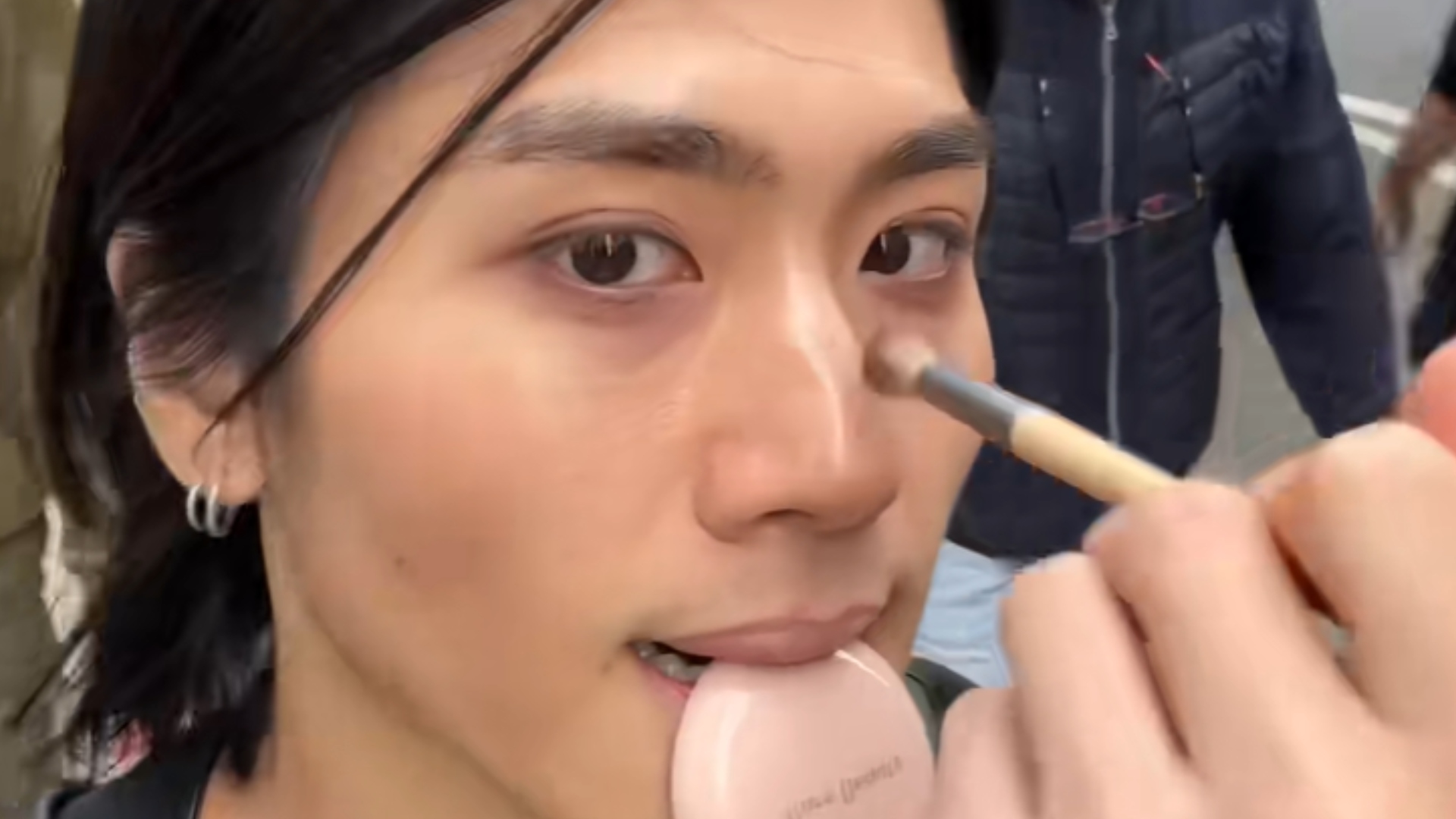Makeup is no longer a fringe phenomenon reserved for a select few influencers or specific circles. In 2025, the men's beauty industry is undergoing a true cultural revolution, driven by a generation of young men who are embracing makeup as a tool for self-expression and personal care. This evolution reflects a shift in the norms of masculinity, where taking care of one's skin and using cosmetics is becoming socially accepted, even valued.
A rapidly expanding market
The figures confirm this trend: according to a recent study , 52% of men in the United States used skincare products in 2024, compared to 31% in 2022. This dramatic increase illustrates a profound change in men's consumption habits, long dominated by a minimalist approach to personal care.
The rapid growth of this segment is now attracting both established brands and numerous innovative startups. These companies are competing to develop products specifically tailored to men's needs: lighter textures, subtle fragrances, simplified routines, and more. Beyond the products themselves, an entire ecosystem is transforming. Marketing campaigns are becoming more inclusive, male skincare influencers are gaining visibility, and retailers are reorganizing their shelves to better meet this new demand.
This evolution reflects a gradual normalization of skincare among men, no longer perceived as a luxury or a taboo, but as a natural component of daily well-being.
Towards a "natural" and accessible aesthetic
The rise of makeup among men is accompanied by a specific aesthetic: it's not primarily about subtle, functional application. Foundation and blush are used to enhance a natural appearance. This makeup becomes a veritable "filter of real life" for a generation that is active on social media and conscious of its image.
Increasingly, this practice is part of a visual culture where an even complexion and the absence of blemishes are implicit norms. Male influencers, video-sharing platforms, and even some specialized brands encourage this movement by offering products and tutorials designed for a male audience.
This evolution also reflects a shift in the codes of masculinity: attention to grooming and appearance is no longer seen as contradictory to masculine identity. On the contrary, it becomes a form of image control, an act of self-affirmation, and sometimes even a way to express creativity. For some, this makeup aims to boost daily self-confidence, while for others, it opens the door to more artistic or assertive forms of self-presentation.
@hindash DANNY 🔗 My signature healthy glow perfected makeup look on @dannydrev 🔗PRIMER: @tomfordbeauty Traceless Soft Matte Primer. 🔗SKIN TINT: @milkmakeup Hydro Grip Gel Tint '2'. 🔗BRONZER: Sensai Bronzing Gel + @NARS Cosmetics Laguna Bronzer. 🔗BLUSH: Hindash Color Fluid in 'Heartist'. 🔗BROWS: Tom Ford Men's Brow Gel + @NYX Professional Makeup Lift and Snatch Brow Tint Pen 'Gray Black'. 🔗OUTLINE: Hindash Monochromance Gradient Palette. 🔗SET: @makeupbymario SurrealSkin Soft Setting Spray. #hindash #hindashcosmetics #beauty #fyp #foryoupage #makeup #skincare #mensmakeup #men #boybeauty#howto #tiktoksalon ♬ original sound - Hindash
A new role for influencers and the media
This movement is largely supported by influencers and content creators who popularize men's beauty routines and democratize their use. Thanks to them, so-called men's makeup is moving away from stereotypes and becoming part of the daily routine of many young people, including heterosexual men.
Marketing campaigns are adopting a more inclusive and authentic tone. Brands are no longer hesitant to showcase diverse faces, embrace transparency, and promote well-being. This gradual normalization is part of a broader societal shift, where self-expression takes precedence over gender norms.
So-called masculine makeup is no longer a fringe trend, but rather a reflection of a profound transformation in social norms. In 2025, it has emerged as a tool for personal expression, self-confidence, and identity affirmation for a generation redefining the contours of masculinity. One thing is certain: masculine beauty has never been so diverse—and its future is only just beginning.

